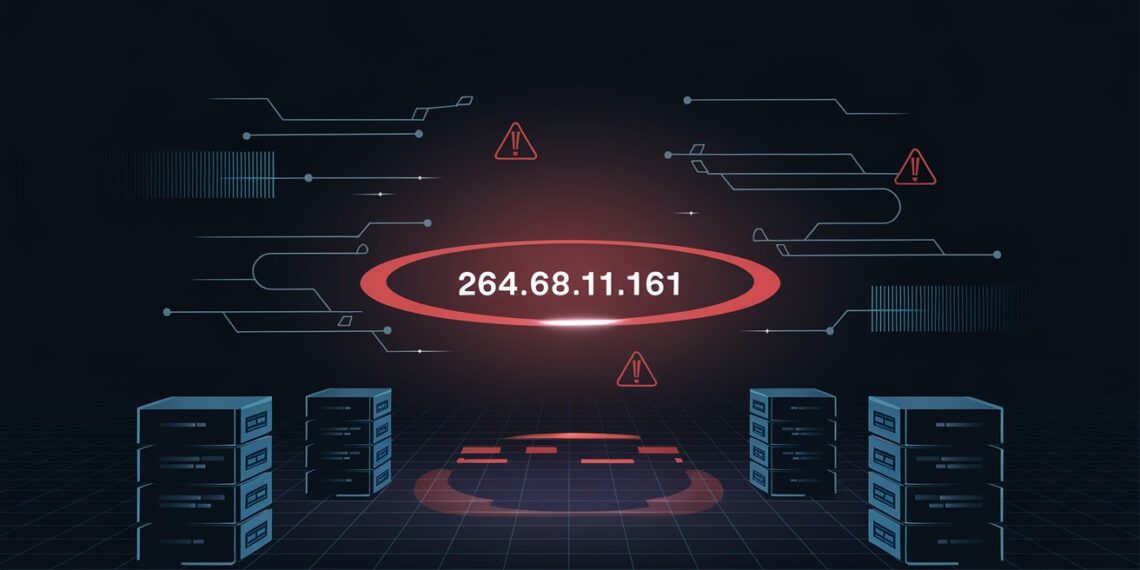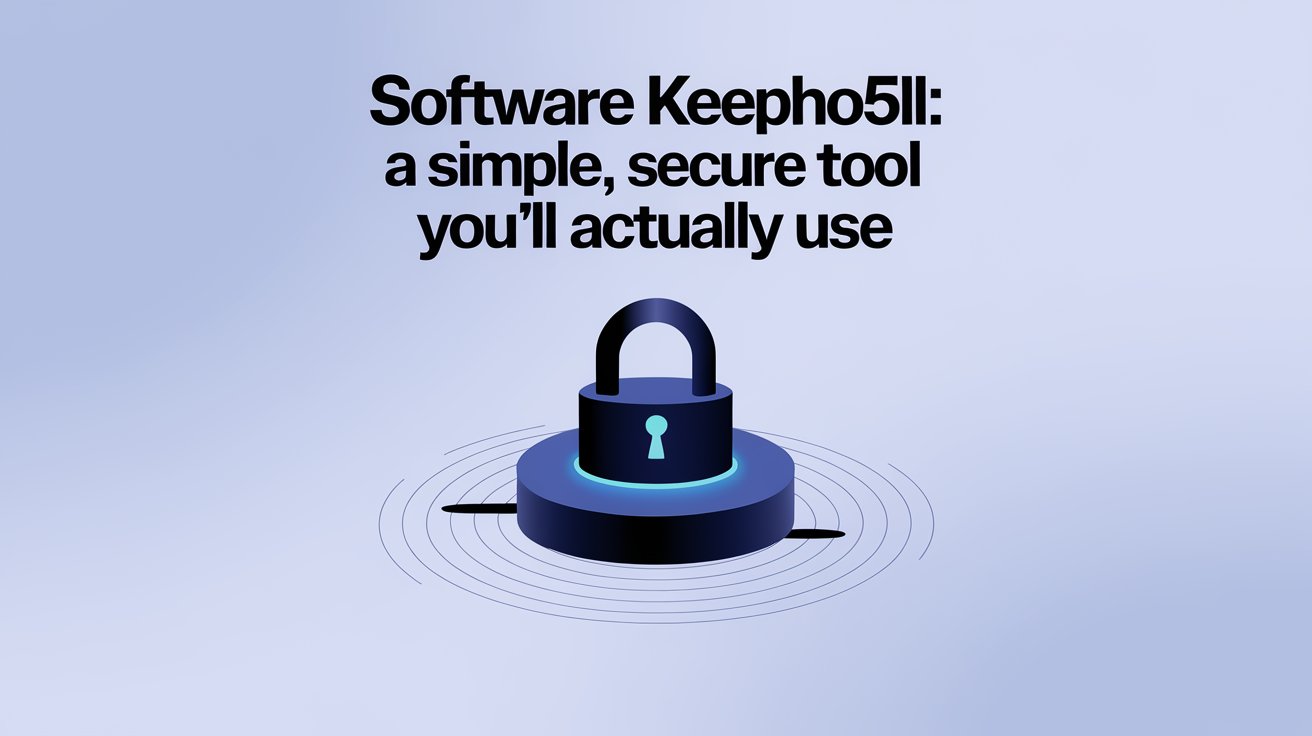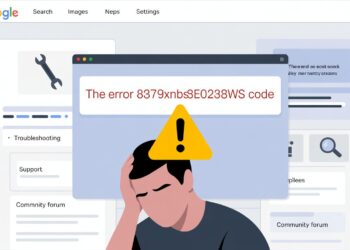A Deep Dive into This Invalid IP Address and Its Implications
Have you ever stumbled upon an IP address like 264.68.111.161 and wondered, “Is this a real IP?” or “Why does it appear in my network logs?” You’re not alone. This peculiar IP address has raised eyebrows among IT professionals and curious users alike.
Biography Table: Detailed Profile of 264.68.111.161
| Field | Details |
|---|---|
| IP Address | 264.68.111.161 |
| Validity | ❌ Invalid (first octet exceeds 255) |
| IP Version | IPv4 |
| Octet Breakdown | 264 (❌), 68, 111, 161 |
| Reason Invalid | The first octet (264) exceeds the max IPv4 limit of 255 |
| Possible Causes | – Typo in config or logs – Placeholder/testing address – Malicious spoofing |
| Risk Factor | ⚠️ Medium – could be used in spoofing or misconfigurations |
| Usage in Real Networks | ❌ Not routable or usable in real-world IPv4 networks |
| Seen In | Logs, server errors, test environments, spoofed packets |
| IPv6 Equivalent | ❌ None – not translatable to IPv6 due to format error |
| First Octet Significance | Exceeds limit, makes IP invalid |
| Security Implications | – May indicate log tampering – Could be sign of network misconfiguration |
| How to Handle | Investigate logs, confirm source, validate config files |
| Tools to Verify IP Validity | ipcalc, ipinfo.io, whois, browser dev tools |
| Related IP Concepts | – Reserved IP ranges – Private vs Public IPs – Loopback addresses |
| Educative Use | Demonstrates how invalid IPs appear and why format matters |

Understanding IP Address Structure
An IPv4 address consists of four numbers (octets) separated by periods, each ranging from 0 to 255. For example, a valid IP address would look like 192.168.1.1.
In the case of 264.68.111.161, the first octet is 264, which exceeds the maximum allowable value of 255. This makes 264.68.111.161 an invalid IPv4 address.
Why Might You Encounter 264.68.111.161?
Despite its invalidity, there are several reasons you might come across this IP address:
- Typographical Errors: Simple mistakes during data entry can lead to invalid IP addresses appearing in logs or configurations.
- Testing and Documentation: Some organizations use non-routable or invalid IPs for internal testing or illustrative purposes in documentation.
- Malicious Activities: Cyber attackers might spoof IP addresses, including invalid ones, to obfuscate their identity or test network defenses.

Implications of Encountering 264.68.111.161
While the IP is invalid, its presence can indicate:
- Misconfigurations: Potential errors in network setups.
- Security Concerns: Possible spoofing attempts or malicious activities.
- Data Integrity Issues: Flaws in data collection or logging processes.
Steps to Address 264.68.111.161 Appearances
If you come across this IP:
- Verify the Source: Determine where and how the IP appeared.
- Check for Typos: Ensure it’s not a simple data entry error.
- Assess Security Logs: Look for patterns or repeated occurrences.
- Consult Documentation: Review any testing or placeholder IPs used.

Conclusion
While 264.68.111.161 is not a valid IPv4 address, its appearance shouldn’t be dismissed outright. Investigate its presence to ensure network integrity and security.
Note: This article is for informational purposes and aims to provide clarity on the topic.













26u0dl